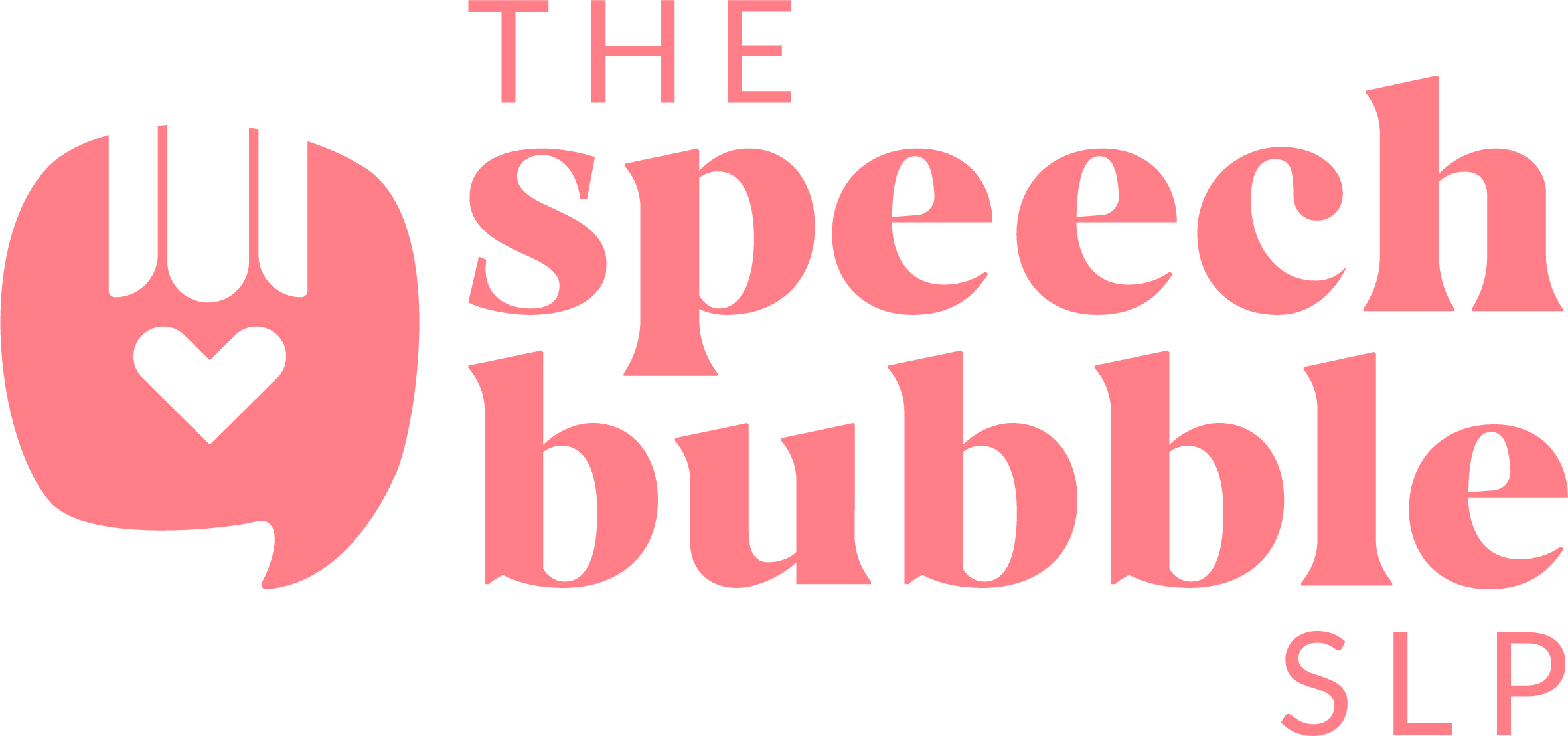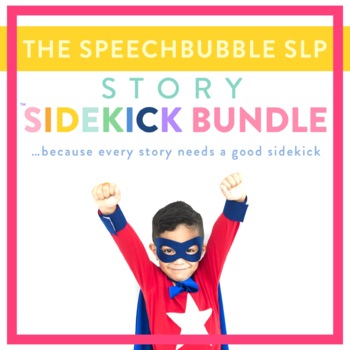After my post, Disfluent Like Me, I thought it would be fitting to share some of the fluency techniques that I use with my fluency carryover students. As students progress in speech therapy and begin to gain more and more control over their stuttering, we start to encourage the carryover of these skills into the classroom. I check in with my students each week and do reviews of strategies and techniques. I find this a good way to see if they have been able to maintain those skills, ensure that they are using them correctly in the classroom, and to check in with them as a general support system. The other week I was checking in with a teacher about a fluency student and she mentioned that he was forgetting to use his strategies. She thought that pulling him aside in class and reminding him to use them may upset him. I agreed. I talked about it with the student during one of our weekly check ins and we decided to put a small turtle sticker by his name tag on his desk. The turtle would remind him to use his slow, smooth speech.
The turtle helped for a bit, but after speaking with his teacher again, she said she needed something to support him when he wasn’t at his desk. When he was at his desk she could discretely tap the turtle as a reminder, but when working in small group or in other settings she had not resource. So I decided that creating a secret hand signal for the student would be best. The student and I discussed it and he agreed. He thought it was cool to have a secret signal, he said it would be like Batman’s bat signal. We decided his signal would be his teacher giving a slight tug on her ear when she looked at him. At my next check it with the teacher, she reported that he had improved greatly in the classroom. She was using the signal, and when she did, he would begin to use his strategies right away without any negative impact to his confidence.
So to recap, here are some helpful strategies for carryover in the classroom:
1. Make sure you check in with the student and teacher at least once a week.
2. Provide a small, visual reminder for the student to use their strategies.
3. Create a ‘secret signal’ for the student and their teacher to utilize as a reminder to use their strategies in the classroom.


















One Response
Mahalo nui for your quick fluency tip. I found some very tiny treasures: Hoku (star in Hawaiian)Honu (turtle) are small pocket turtles that a child can put in their pocket. Parents say these treasures never get left in the pockets because they are very important and meaningful to the child. I am working on a small tat (tattoo), but in the meantime, my trusty Skin Tat pen works well…(Make sure you have parental permission first!) The kids can “accessorize” their honu by adding hats, mustaches, etc. When you live in Hawaii, you have to improvise because things are sometimes just hard to get! 🙂 Aloha! Keep up the great blog!